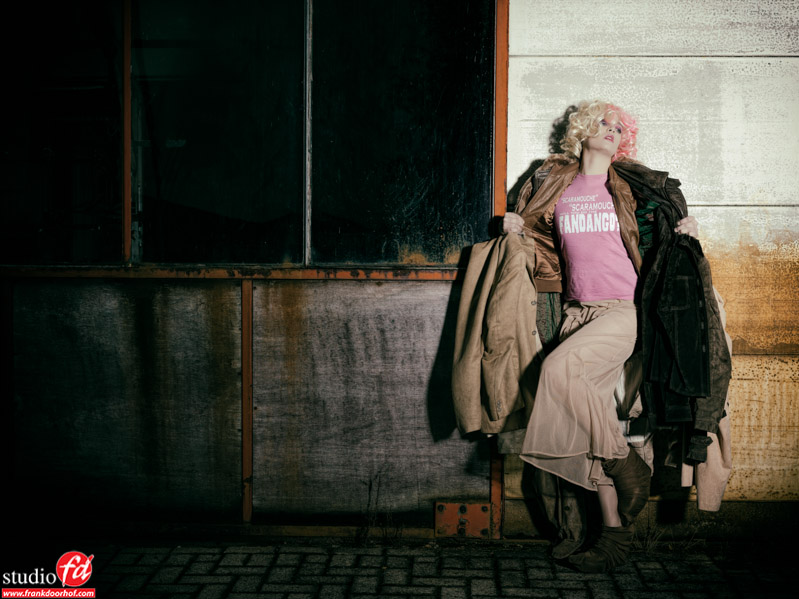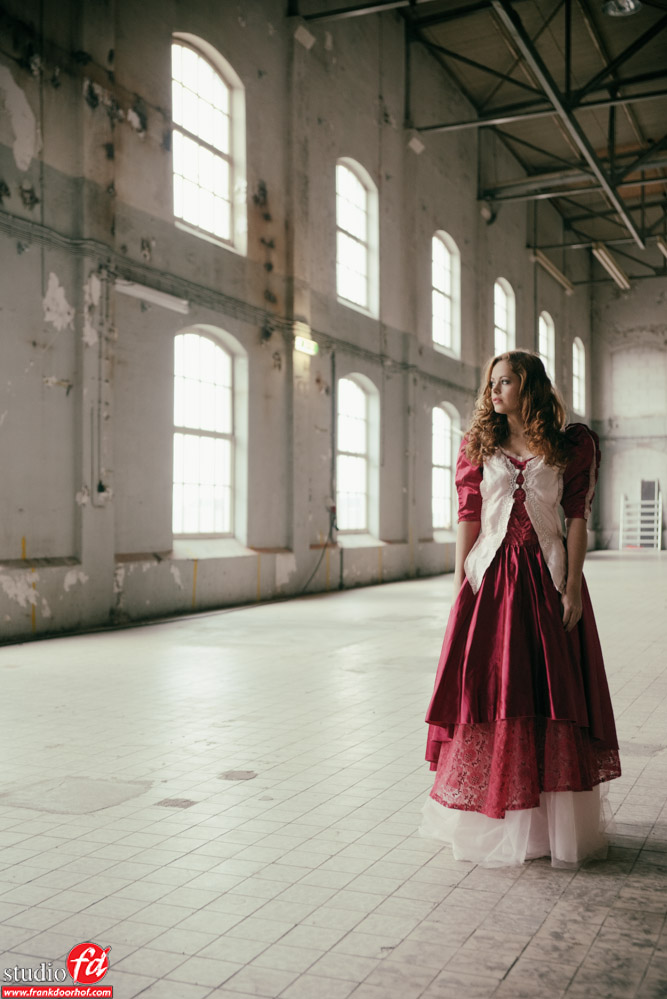The shutterspeed mystery/nonsense
You don’t want to know how often people ask me about this topic, and how many cameras are “destroyed” online due to a so called limitation of shutterspeed when working with strobes, but also strobes are destroyed online because they don’t work as people think. So I thought it would be helpful to write a very short blogpost explaining how it works.
X-sync
When you take a picture a lot happens in the camera but in short you can see it like this.
The shutter opens, the first shutter curtain starts to open and after an X amount of time the second curtain follows covering the sensor and the mirror flips back up.
Now this X amount of time is of course variable and will change with the shutterspeed.
As you can image there is a point where the second curtain actually is following the first curtain pretty quickly and this is where the problem lies for people to understand strobes. When the two curtains are closing so close to each other this means that there is NO point in time where the WHOLE sensor is lit by the light, it’s always just a small part (bigger part by slower speeds, smaller parts by higher speeds).
Now when we start using strobes you can imagine that it’s important to choose a moment where the whole sensor is available to catch the light.
And this is what we call the X-Sync speed, X-Sync speed is always the maximum speed in which a sensor is 100% free of a curtain or any other thing blocking the light so it can catch the whole light emitted by the strobe. In most FULL FRAME DSLRs this is around 1/125 to 1/250 although most cameras will be between 1/125 and 1/160. All my Canons for example topped out at 1/125 when using radio triggers and barely 1/160 when using the cable.
Yes indeed with a cable it’s possible that you get a little bit extra.
Now why do people think that you can get much higher sync speeds with strobes?






You must be logged in to post a comment.